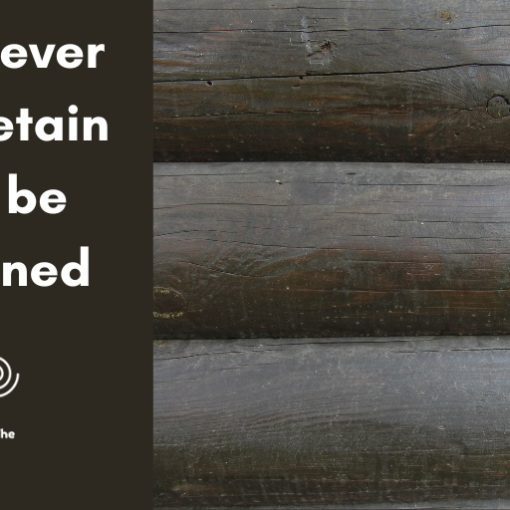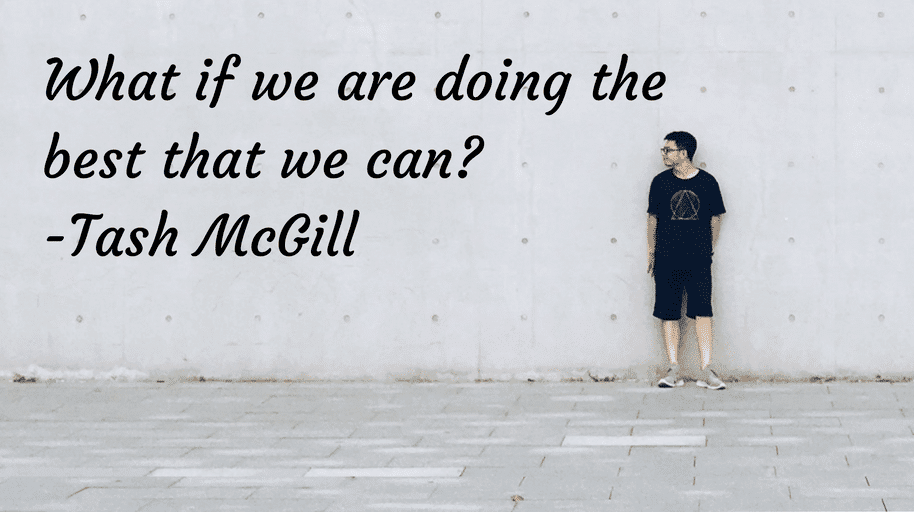Our thoughts can take us to both the best and worst of places, but we can create new thinking pathways. It will require a plan to rope bridge the synapse gap.
It was a small rope bridge, and it had only three wires. One wire where you could place your feet, and then two higher wires to the left and right where you could stretch your arms out and grasp with your hands. It wasn’t that high, a mere 5 feet off the ground, but it was high enough that on this confidence course, it provided a challenge.
I used to be a pastor to a group where most of the people involved had serious long-term mental health struggles. Most of the people I supported struggled with either anxiety, depression, P.T.S.D., schizophrenia, addictions, personality disorders, or something else that made life hard for them.
Twice a year, we would go away for a camp. Sandy beach, fishing, good food, fun, and a confidence course.
We would then invite people to try the rope bridge. With several helpers, we would encourage the person to take the first step and then the next. You could see the fear etched into their faces.
We would tell them they were doing great and to keep focused on the other end. Telling them to take one step at a time. We would even hold the wire for them to stop it wobbling.
The bridge would wobble and shift, but with every step, the walker would inch their way across. Photos were taken, and celebrations and high fives at the end.
For some, it became a goal at every camp to walk that wire bridge. They were learning something new. It was hard, scary, and a challenge, but inside their brains, they were also creating a new rope bridge.
For many of them, they had to stop listening to the worst words they had repeatedly been telling themselves.
The worst words
I think the worst words anyone can say are ‘I can’t change.’ Or words to that effect, such as ‘That’s just who I am’ and ‘You can’t teach an old dog new tricks.’
It disappoints me because it speaks to a belief of hopelessness, despair, and defeat. They are ‘locked in’ to a set of thinking and behavior habits.
I want to whisper, and maybe even shout, ‘Resurrection’ into those neurons. Bringing new life and hope.
What we can learn from a rope bridge
One of the most informative videos about how we learn something new comes from Dr. Robert Winston in his series The Human Body.
Transcript:
Learning something new means rearranging the way our brain works.
Our brain has an astonishing one hundred billion neurons or brain cells all connected together. Learning is about creating and strengthening pathways through these neurons for impulses of electricity. But between each and every connection in our brains is a tiny gap called a synapse. For any of us to learn something new, the electrical signal has to jump across this gap to continue its journey.
The gap between the two brain cells is tiny, but that doesn’t mean its straight forward for a signal to get from one side to the other. For us, it’s like crossing a deep ravine, and getting from one side to the other should tell us something about the way we learn.
The first time a signal crosses from one brain cell to the other demands the most effort, and it’s the same when we cross our ravine. The first trip across it is the hardest.
Having crossed the ravine once the journeys across get easier and easier, and a similar thing happens when we learn something.
To start with, learning is difficult, but as the signal crosses the gap between the brain cells, again and again, we establish a more solid pathway.
By the time we have made the crossing over and over again, it becomes effortless. We can do it whenever we like.
New thinking pathways
Watching and thinking about that video I have seven observations
- A conscious decision needs to be made.
It’s a choice you have to make to begin thinking differently. So, do you want to think differently?
Yes or No. - A behavior is required.
You can talk about change as much as you like, but following through with behavior and taking action is where it’s at. For me, it is reading my ‘Thinking compass’ every day.
It’s me saying to the synapses that this matters. I prayerfully ask God to create that new pathway in the brain. - It takes effort
We want change to happen magically, don’t we, but it will require effort on our part to build new pathways in our thinking. - It takes time
It is going to take about 60 -70 days to get that new pathway slotted in and on autopilot, and the old one pruned apart. See Dr.Shannon Irvine - Repetition strengthens the path.
In the video, we saw how, with each crossing, the strength of the bridge increased. From a single rope, it then became a bridge with planks you could walk across.
Back and forth, back and forth, it was the purposeful repetition that built the strength of the bridge. - Old pathways slowly lose their power.
We used to go this way in our thinking, but now we have a better route. I used to crawl, but then I found walking to be better. Walking is the automatic default way of moving now.
When I talk about this with others, I like them to imagine that old wire bridge, the old thinking pathway/bridge falling into disrepair. It has cobwebs growing over it, it’s not getting maintained, and so slowly over time, it loses its appeal, and it falls apart. - Encouragement from others helps build the bridge.
I’m glad that Robert Winston had someone helping him build his bridge. It’s precisely the same when we are learning something new, creating new brain pathways.
To have a guide, coach, or a friend that cheers us along in our thinking will help us reinforce our new life.
By default or by design
One of the little thinking coaches I have in my daily thinking compass is this.
Life happens one thought at a time by default or design.
Many of my default thinking pathways have a negativity bias to them, but I know that I can change the way I think and act. It’s my brain, my responsibility, and so, I choose to live my life by design.
My brain is rewiring itself. With a sense of design, I want to think about
whatever is true,
whatever is honorable,
whatever is just,
whatever is pure,
whatever is pleasing,
whatever is commendable,
if there is any excellence and
if there is anything worthy of praise,
think about these things.
Philippians 4:8
Our thoughts can take us to both the best and worst of places, but we can create new thinking pathways. It will require a plan to bridge the synapse gap.
Mental Health is … proactively creating new thinking pathways in the same way a new rope bridge is made.
- Questions?
- Comments?
Email me 🙂📨
barry@turningthepage.co.nz
Quotes to consider
- You are the creator of your thoughts, and it’s your thoughts that can create the future that you want. It really is in your control. Dr. Shannon Irvine
- If it’s been learned, it can always be unlearned. e.g., ways of coping, personal habits, survival kits, and nasty addictions. D. Riddell
- A changed life demands having new understandings in place when you need them. Store them up now and lubricate by revision. D. Riddell
- The chief thief is the belief beneath. The subconscious is always the power behind the decisions we make and the outcomes we experience. David Riddell
Questions to answer
- How much do you think you are in control of your thoughts?
- What did you learn from the video?
- Is there some thinking habit that you need to unlearn by creating a new neural pathway?
Further reading
BarryPearman
Photo by Valentina Girelli on Unsplash





